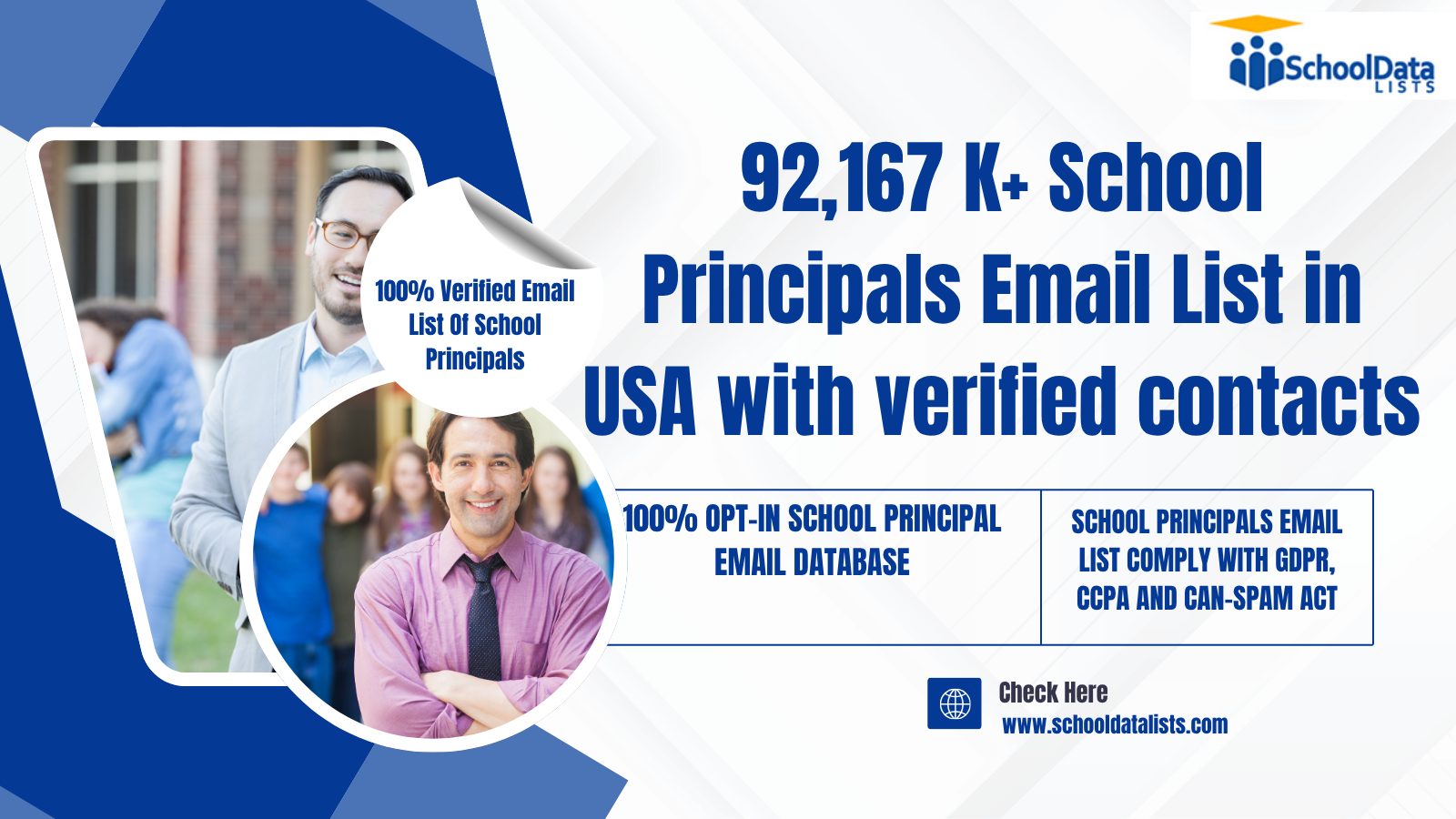One of the most impactful yet technically complex facets of hyper-personalized email marketing is determining the optimal send time tailored to each individual recipient. Moving beyond basic time-zone adjustments, leveraging advanced AI algorithms to predict the best moments for engagement can significantly boost open rates, click-throughs, and overall ROI. This deep dive unpacks how to implement an AI-powered send time optimization system with step-by-step instructions, practical considerations, and real-world examples.
Understanding the Foundations of Send Time Optimization
Traditional email send time strategies often rely on static rules such as local time zones or historical peak activity hours. While these methods provide a baseline, they fail to account for the nuanced behaviors of individual users, fluctuating engagement patterns, or contextual factors like device usage and recent interactions. AI-based prediction models address these gaps by analyzing vast datasets to identify personalized optimal send windows, thereby delivering the right message at the right moment.
Step-by-Step Implementation of AI-Powered Send Time Optimization
1. Data Collection and Preparation
- Gather detailed engagement data: opens, clicks, device type, session duration, and time spent on emails.
- Incorporate contextual data: user location (via IP geolocation), recent website activity, and purchase history.
- Ensure data cleanliness: remove anomalies, handle missing values, and normalize timestamps for consistency.
Tip: Use a data pipeline tool like Apache NiFi or Airflow to automate daily data ingestion and cleaning, ensuring your model is trained on the most recent behaviors.
2. Feature Engineering for Personalization
- Create features capturing temporal behaviors: e.g., average open time, response latency, or recent activity spikes.
- Segment users by behavioral patterns: e.g., ‘early responders,’ ‘late responders,’ or ‘inactive’ cohorts.
- Incorporate external factors: day of week, holiday periods, or special events impacting engagement.
3. Model Selection and Training
| Algorithm Type | Use Case | Pros & Cons |
|---|---|---|
| Gradient Boosting (XGBoost, LightGBM) | Predicting probability of engagement at different times | High accuracy, handles mixed data types; requires tuning |
| Neural Networks | Modeling complex temporal patterns | Computationally intensive, needs large datasets |
Expert Insight: For most marketing scenarios, gradient boosting models strike a balance between performance and interpretability. Use cross-validation and grid search for hyperparameter tuning to optimize results.
4. Model Validation and Deployment
- Split data into training, validation, and test sets to prevent overfitting.
- Evaluate models using metrics like AUC-ROC, Precision-Recall, and calibration curves to ensure reliable predictions.
- Deploy the model via a REST API endpoint integrated with your ESP (Email Service Provider).
- Set up real-time scoring pipelines so that each email send is dynamically assigned an optimal time based on the latest model predictions.
5. Incorporating Predictions into Campaigns
- Create a ‘send time’ field in your email automation platform, populated by the AI model’s output.
- Use conditional logic to schedule emails: e.g., “Send at predicted optimal time” or “Delay until predicted window.”
- Continuously monitor engagement metrics to validate model effectiveness and recalibrate periodically.
Common Pitfalls and Troubleshooting Tips
- Data Scarcity: Insufficient historical data can impair model accuracy. Mitigate by aggregating data over longer periods or combining similar user segments.
- Model Drift: User behaviors change; implement scheduled retraining (monthly or quarterly) to maintain prediction relevance.
- Overfitting: Use regularization techniques, early stopping, and cross-validation to prevent models from capturing noise.
- Integration Gaps: Ensure your email platform can accept dynamic send times via API; test thoroughly before large-scale deployment.
Pro Tip: Always run A/B tests comparing AI-optimized send times against traditional scheduling to quantify uplift and refine your approach.
Final Thoughts: Embedding AI in Your Personalization Ecosystem
Implementing an AI-driven send time optimization system is not a one-time effort but a continuous cycle of data collection, model refinement, and operational integration. When executed correctly, it enables truly granular personalization—delivering emails at moments that maximize engagement, thereby fostering stronger customer relationships and higher revenue.
As you advance this capability, consider how it fits into your broader marketing ecosystem. Integrate insights from your predictive models into customer journey mapping and lifecycle campaigns, ensuring that each touchpoint is aligned with individual user behaviors and preferences.
For a comprehensive overview of foundational personalization strategies, explore {tier1_anchor}. To deepen your understanding of advanced data integration, refer to the detailed techniques discussed in {tier2_anchor}.
By systematically applying these steps, you can elevate your email marketing efforts from basic scheduling to a sophisticated, AI-powered personalization engine that consistently delivers value and drives engagement.





Leave a Reply